
The ongoing American Revolution with Dr. Scott Stephenson
The President and CEO of the Museum of the American Revolution said the uprisings around George Floyd’s death are a continuation of what the founding fathers…
In its approach to presenting America’s founding, the Museum of the American Revolution takes a global one.
It’s rooted in what the museum’s president and CEO calls the country’s “ongoing experiment in liberty, in equality, in self-government.”
“It’s the promise of the American Revolution, that sovereignty could rest with the people, that the people could rule themselves,” said Dr. Scott Stephenson, who visited AL DÍA on June 12.
That promise is still one American leaders debate to this day, as Stephenson said even the Founding Fathers disagreed on the meaning of the American Revolution.
To prove his point, he cited both second President John Adams and Philadelphia’s own Benjamin Rush — a native Philadelphian who signed the Declaration of Independence and was a principal figure in Pennsylvania’s ratification of the U.S. Constitution.
Adams, in a letter from 1818, wrote that the real revolution happened before the war itself.
“It was a change in the hearts and minds of the people and the war just sort of established this change that had already taken place,” said Stephenson.
Rush, in a pamphlet just months before the Constitutional Convention in 1787, wrote much more dramatically about the revolution they were forming.
“Only the first act of the ‘Great Drama’ is over,” cited Stephenson from Rush’s writing.
The U.S. seems to be entering yet another act in its 200-plus year history with police reform and a pandemic playing central themes.
In the aftermath of George Floyd’s murder by police in Minneapolis and the subsequent Black Lives Matter protests across the nation, Stephenson said he’s been reflecting on the museum’s place amid the discussion.
With its global approach to the revolution, the museum highlights the often unknown stories of America’s founding. Many of them involve the efforts of Black Americans fighting for the cause.
Those stories have been amplified of late by the museum, appearing in much of the messaging being sent out since Floyd’s murder.
RELATED CONTENT
“I didn’t expect to see my story reflected in the museum,” is something Stephenson said he hears a lot from visitors, a testament to its way of telling the story, but one he said they must remain vigilant to keep portraying.
During his visit to AL DÍA, Stephenson pinpointed Black Americans as some of the first people to take up arms believing in the ideals of the Revolution.
As George Washington was commissioned to Philadelphia to command the army of revolutionaries in the aftermath of the battles of Lexington and Concord, hundreds of men of African descent were among the New England army’s ranks.
“Congress had directed that they should be discharged,” said Stephenson, citing an illogical concern that exists to this day of armed black men.
In response, the Black members of the army protested the decision and sent Washington back to Congress to appeal for their right to fight.
“Ultimately, well over 5,000 men… probably twice that number of men of African descent served in the Continental army,” said Stephenson.
It’s one of the many stories from the Revolution told at the Museum of the American Revolution.
For the time being, it, like the many other museums, is awaiting Philadelphia’s green phase on July 3 before deciding what to do next.
Fortunately, the museum made an effort a year ago to create virtual visiting experiences that it’s relied on since the shutdown. In addition to virtual visitors, Stephenson said it’s helped teachers plan virtual lessons and made an effort to do the same with its upcoming events.
Recently, the museum held a virtual celebration of Juneteenth and is planning a week-long Fourth of July celebration starting on June 27.



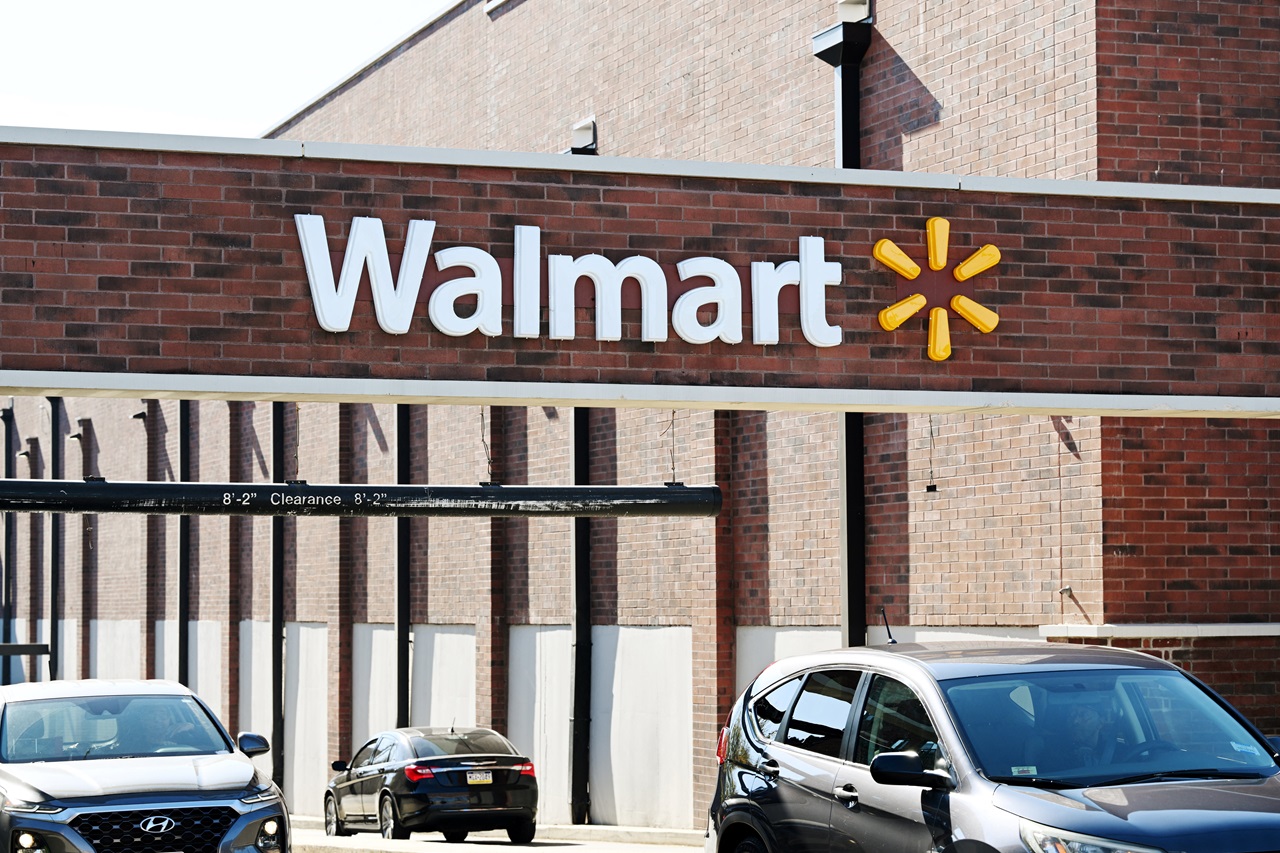
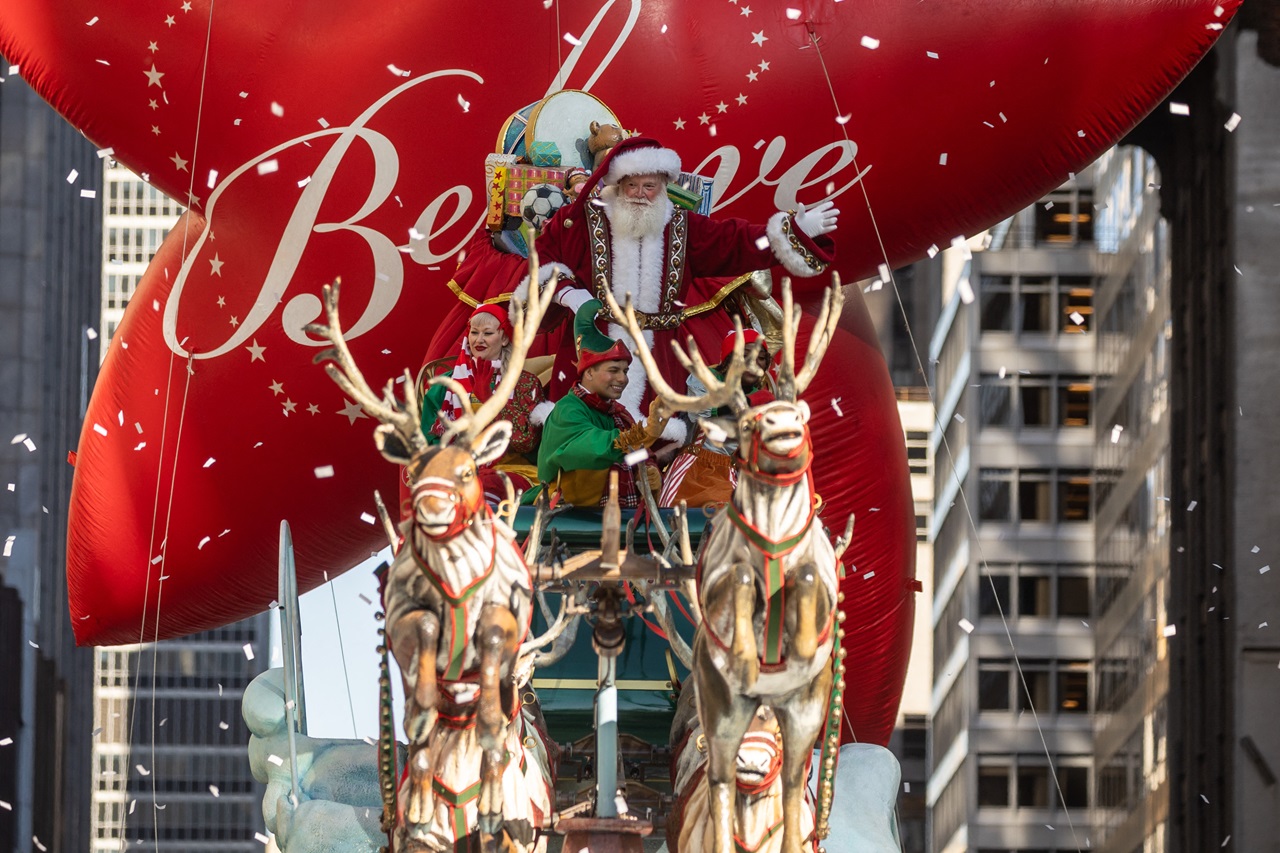
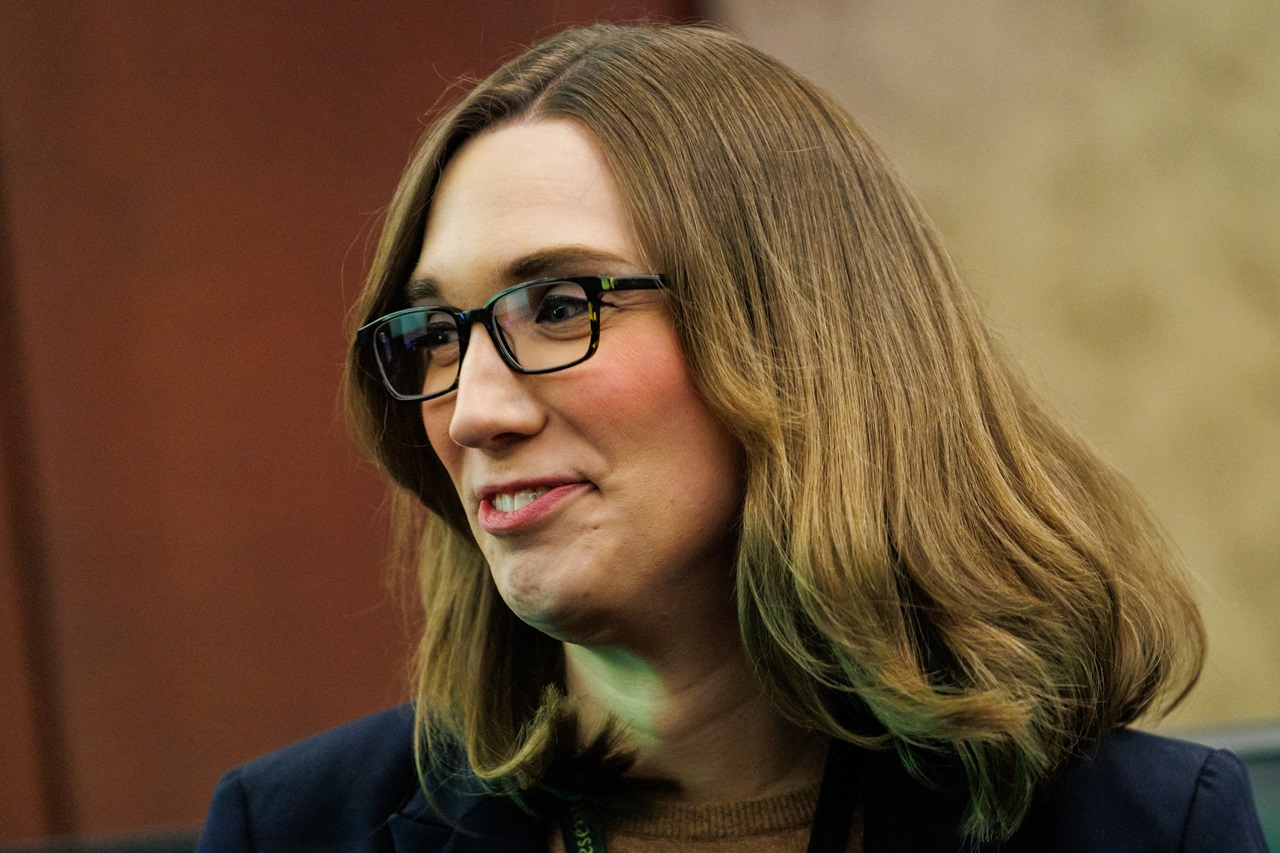


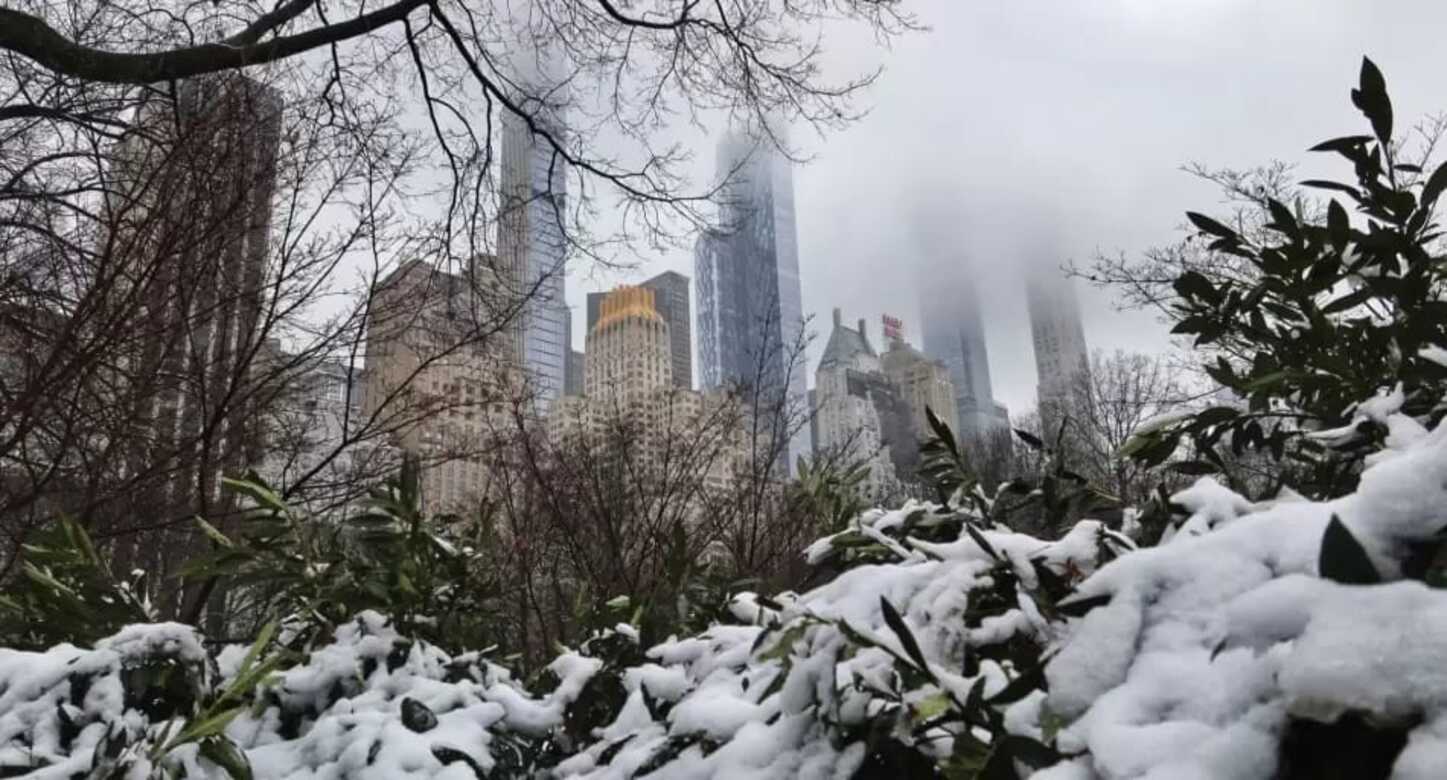
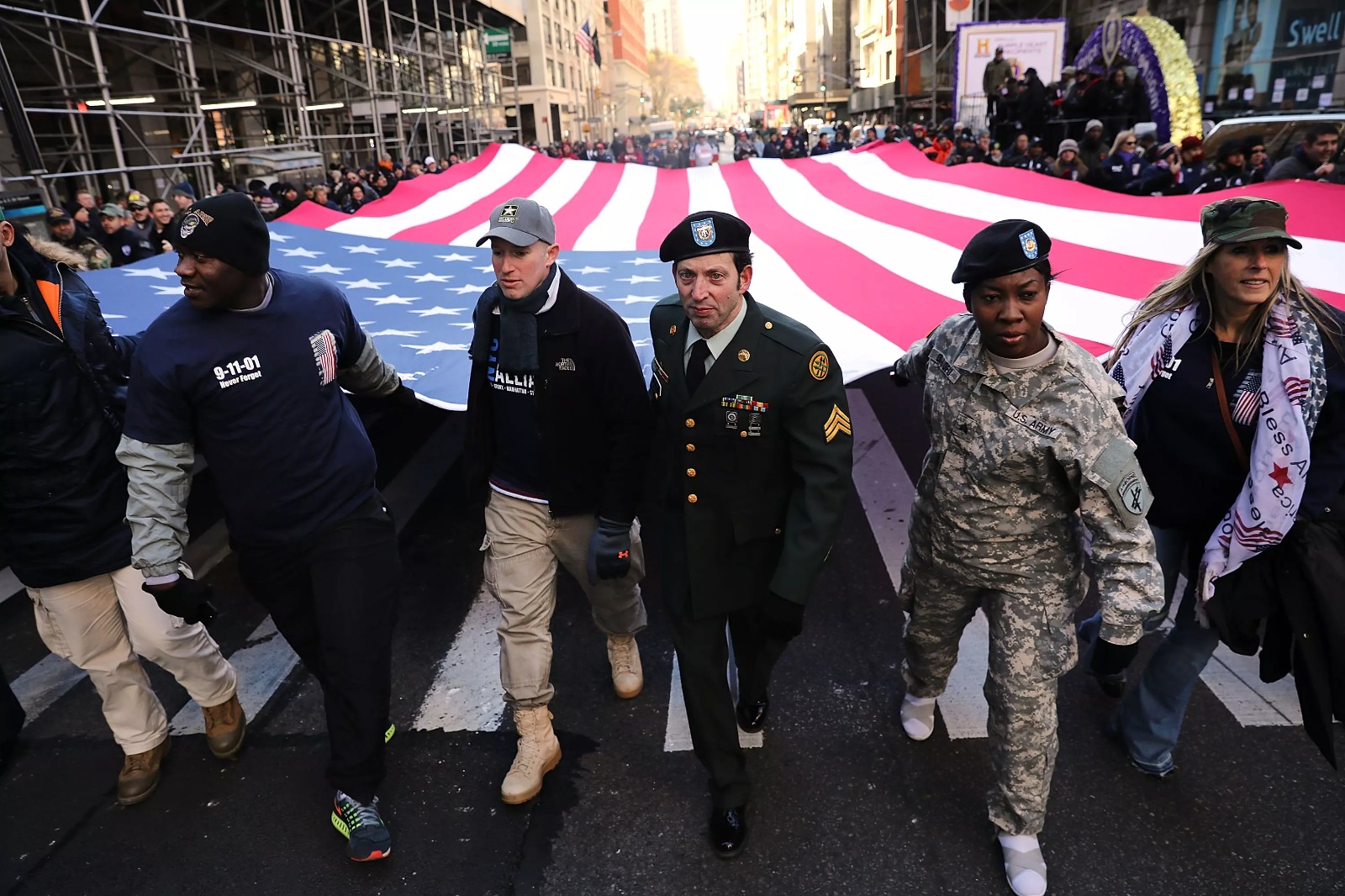

LEAVE A COMMENT:
Join the discussion! Leave a comment.